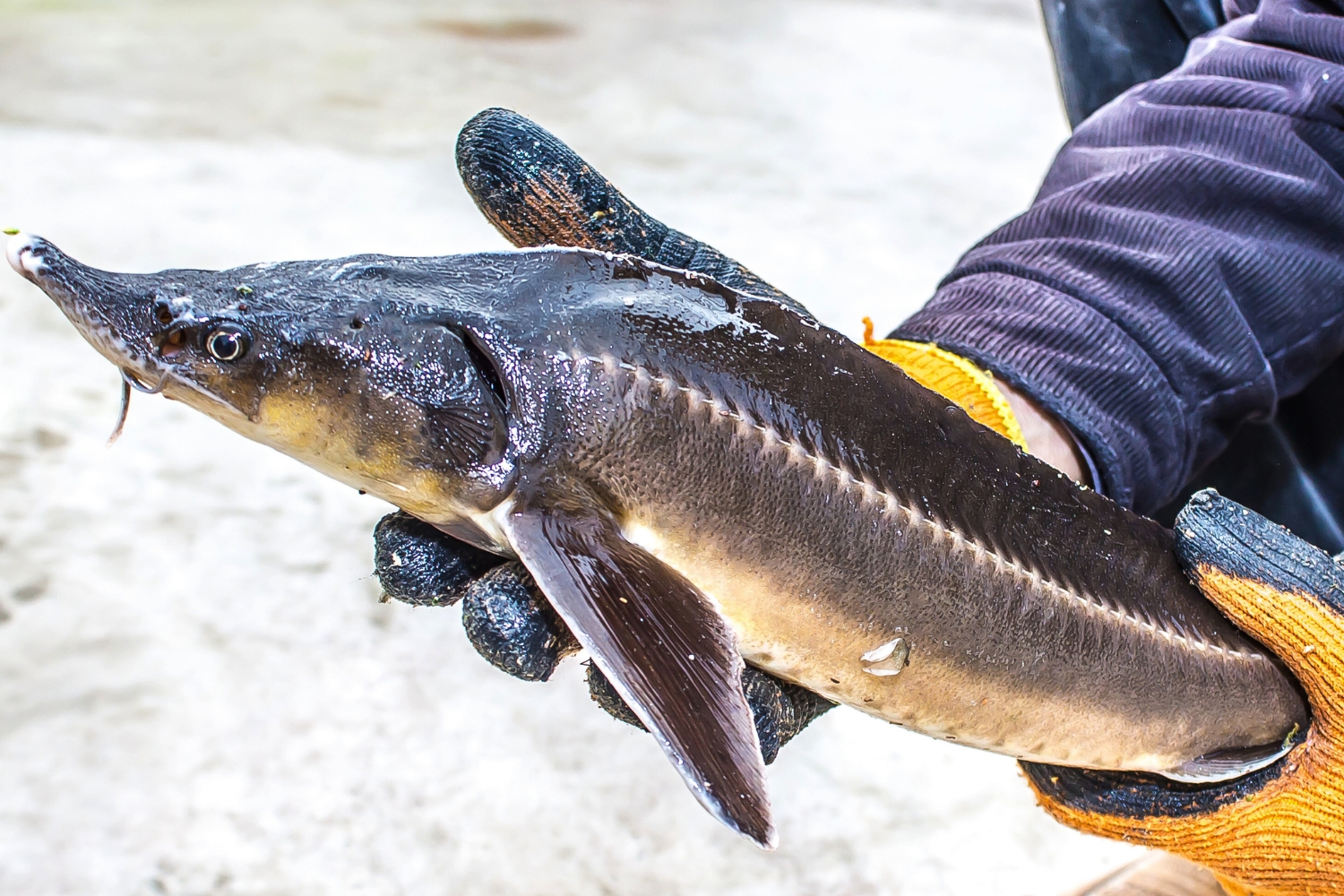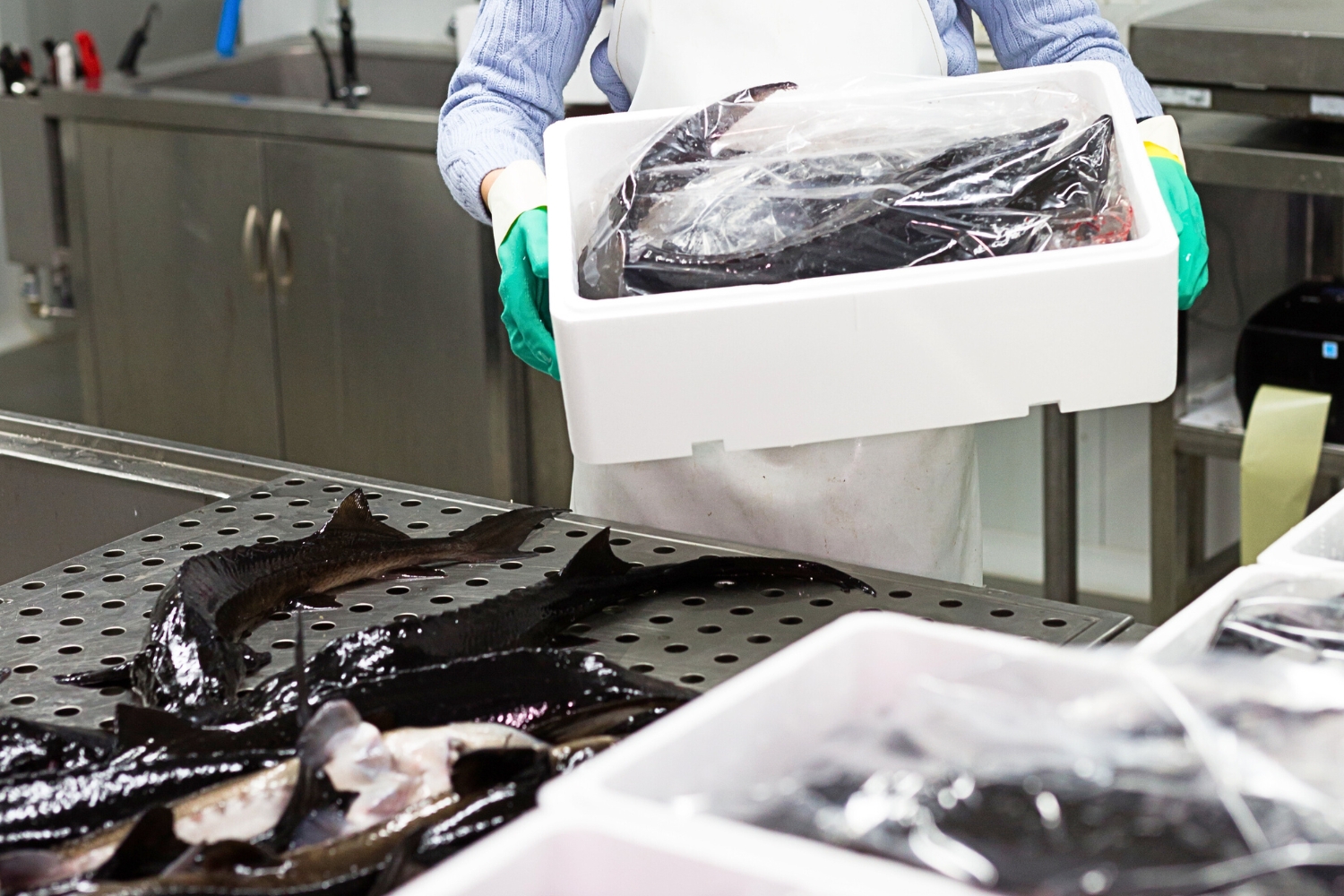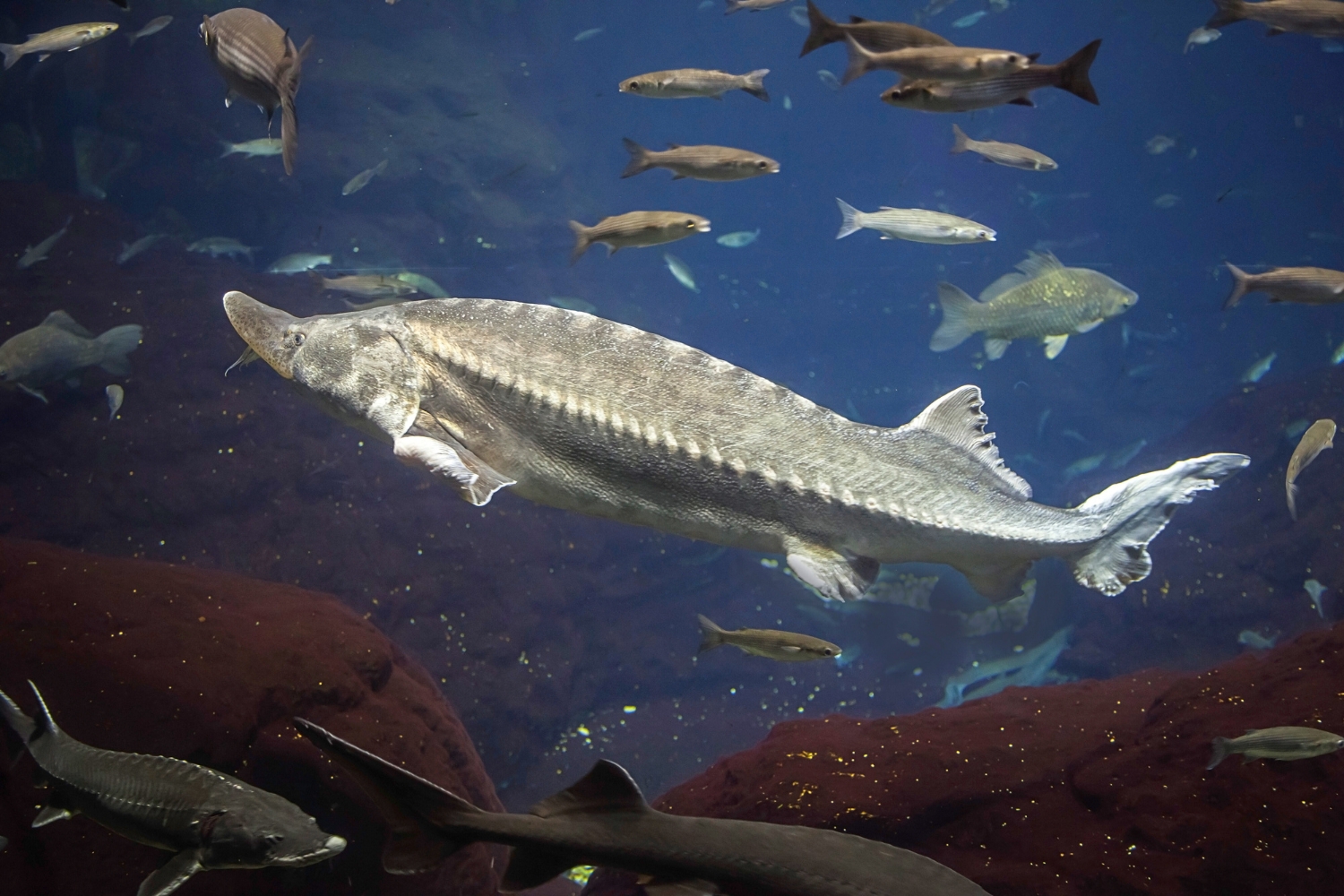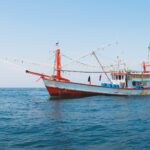Did you know that the World Wildlife Foundation (WWF) stated that sturgeon are the most endangered species group in the world? Out of 26 total species, only 11 are left—and the remaining two-thirds remain vulnerable, endangered, and critically endangered.
While sturgeon conservation laws and groups are helping, more must done to prevent this vital species from extinction.
Below are the top factors contributing to sturgeon endangerment and how there’s still time to save the remaining existing species.
What is an Endangered Species?

An endangered species is classified as an animal or plant at risk of extinction. You’ve most likely heard of critically endangered species, a similar status with some differences.
The qualifications of a critically endangered species are:
- Population Reduction Rate: The species population declined between 80% to 90% without a known cause over 10 years or three generations—depending on which is longer.
- Habitat Geographic Range: The species’ wild habitat region is less than 39 miles, and the area occupancy is less than four miles.
- Population Size: There are less than 250 mature animals/plants, and the number of mature animals/plants declined by 25% or one generation—depending on which is longer.
- Population Restriction: The population is restricted to less than 50 mature animals/plants (without area occupancy).
- Extinction Probability: Wild species are predicted to decline by at least 50% within 10 years or three generations—depending on which is longer.
According to the WWF, many sturgeon species are categorized as critically endangered, endangered, and vulnerable, with some possibly extinct. Sturgeon are pre-historic freshwater fish and are the oldest fish currently in existence.
Sturgeon are a crucial species to protect because they maintain freshwater ecosystems and are sources of cultural traditions and commercial trades. It would be a historic loss as sturgeon have existed since the dinosaur ages.
They also balance freshwater bodies by eating bottom feeders and invasive species, impacting our water sources and food chains for other aquatic species.
6 Reasons Why Sturgeon Are the Most Endangered Species Group on the Planet
Here are the six reasons why sturgeon are the most endangered species group in the world and what we can do to take action.
1. Wild Sturgeon Habitat Deterioration
Sturgeon habitats are deteriorating due to climate change and human-caused developments. Climate change is drying freshwater rivers, seas, and lakes, disrupting their spawning sites and migratory routes.
Wild habitat modifications are also blocking sturgeon migration routes and disrupting water flows, negatively impacting how they access and populate as a migratory species, including:
- Hydropower dam barriers and propellers
- River straightening
- Dike building
- Channelization
Additionally, pollution and siltation in freshwater bodies are destroying sturgeon wildlife habitats, negatively affecting their:
- Spawning sites
- Fertility
- Embryo development
- The bottom feeder species they mostly consume
We must build artificial migratory routes, maintain natural water flow conditions, and invest in green commercial energy systems to combat sturgeon habitat deterioration.
2. Unsustainable Sturgeon Caviar Farm Practices

Sturgeons are being exploited due to unsustainable farming practices in the commercial caviar food trade. Captive-bred sturgeon farms aren’t investing in long-term facilities to support their lengthy spawning and breeding cycles.
On average, it takes 15 to 20 years for male sturgeon to mature and 20 to 25 years for females—then spawn every two to six years, while most other aquatic species populate annually.
Many male sturgeon fish are also accidentally killed when captive-bred farms harvest caviar from females because most species look the same. Additionally, local fisheries unintentionally catch juvenile sturgeon caught in their nets.
While it’s legal to fish sturgeon in certain locations, we must do the following to reduce population declines and overexploitation:
- Expand sturgeon caviar farms into long-term breeding facilities
- Upgrade sturgeon caviar farm harvesting practices for male sturgeon
- Receive legal certifications to ensure farm production processes remain compliant
- Replenish the wild sturgeon stock output caviar farms and local fisheries remove from the wild
3. Illegal Food Trade
The illegal food trade is still a prominent and ongoing issue as sturgeon caviar is considered a sought-after commodity. Poaching and fishing continue in prohibited wild sturgeon habitats, where species are critically endangered. Since sturgeon have consistent seasonal migration schedules, they’re more susceptible to being caught due to this predictability.
Local and federal governments must fund more law enforcement security systems in wild sturgeon locations where fishing is banned to prevent these wildlife crimes.
4. Dated Sturgeon Conservation Laws

Sturgeon protection laws, conservation group efforts, and illegal fishing locations are helping. However, these must be enhanced to protect all wild and captive-bred sturgeon effectively.
For example, the Endangered Species Act requires modernization for sturgeon conservation regulations. The U.S. Fish & Wildlife Service currently doesn’t categorize captive and wild sturgeon separately. It results in inaccurate endangerment statuses, impacting how commercial food trades can legally harvest them from the wild—even in critically endangered habitats.
Sturgeon conservation laws must also aim for international cooperation as global species are at risk of extinction.
5. Low Public Awareness
Many people aren’t aware that caviar comes from only sturgeon or what a sturgeon is. Additionally, the public often doesn’t know that sturgeon are the most endangered species group in the world.
More public awareness can help save global sturgeon species by:
- Increasing political pressures to strengthen current sturgeon conservation legislation
- Promoting local fishing communities and volunteers to become involved in sturgeon conservation
- Encouraging donations to sturgeon conservation non-profit organizations
Media news sources, caviar farms, and schools/universities must educate the public further on sturgeon species and their endangerment statuses.
6. Insufficient Sturgeon Conservation Groups Support
Many sturgeon conservation groups are non-profit organizations. They require more funding for their mission-critical initiatives to protect captive and wild sturgeon populations. Public donations and government funding can help their efforts, including field research and lobbying travels to advocate for sturgeon conservation.
There’s Still Time to Save Sturgeon From Extinction: Support SIAA’s Conservation Mission Today
While sturgeon endangerment is a critical issue, we still remain hopeful to save the remaining species groups from extinction with your help. You can support SIAA’s legislative and conservation missions by donating or becoming a member today.
You can also contact us to discuss what we’re doing to preserve wild sturgeon populations and industry interests.
Let’s safeguard sturgeon together.





